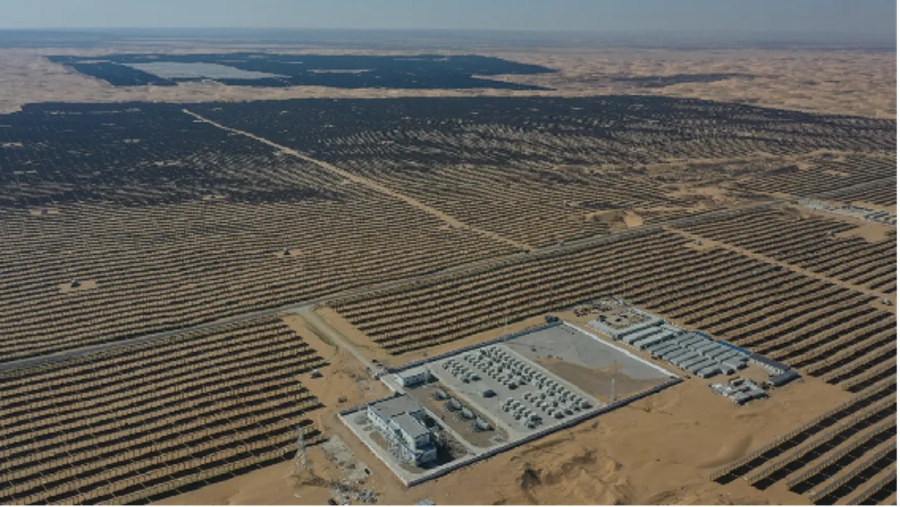Kona Energy seeks funding for Scottish 456 MWh battery

English clean energy developer Kona Energy has said it will shortly seek investors for its planned 228 MW/456 MWh Smeaton battery site after the project received consent from the Scottish government.
Edinburgh’s Energy Consents Unit approved Kona’s plans for around 100 energy storage containers on arable land near the Smeaton substation near to Dalkeith, in East Lothian, on Aug. 29, 2024.
Kona announced, in a press release, it will soon be seeking investors for the project, which will help ease grid congestion and provide network capacity as the nearby 1,290 MW Torness nuclear power plant is set to close in 2028.
Explaining the need for the Smeaton project, Kona said National Grid Electricity System Operator had estimated the cost of grid constraints to the UK taxpayer could hit £3 billion ($3.94 billion) in 2028, with most of the expense related to the curtailment of Scottish wind power.
Excess wind power generation could be stored at sites such as Smeaton and Scottish newspaper “The National,” reporting on the Smeaton planning decision, said curtailment of wind power in the United Kingdom had cost £806 million in 2022.
Reducing grid constraints
Kona Energy founder Andy Willis, quoted in his company’s press release, said, “This project represents a significant step forward in decarbonizing the UK’s electricity grid while providing tangible and real benefits in terms of cost reduction and energy security. We are eager to collaborate with investors and partners in order to deliver this project on a rapid timescale.”
“Tackling [grid] constraint costs is vital in not only bringing down consumer bills and preventing the costly waste of clean generation but also for retaining public trust in reaching net zero. The huge financial burden of prohibiting wind turbines from operating is becoming a more relevant topic in the wider debate … Our industry must do more to tackle this and projects such as the Smeaton BESS will help to significantly reduce the waste involved.”
Willis added the project’s “strategic location will give it a unique role to play in drastically slashing constraint costs and consumer bills. That was one of the key reasons why our development team was so enthusiastic about the project’s potential.”











